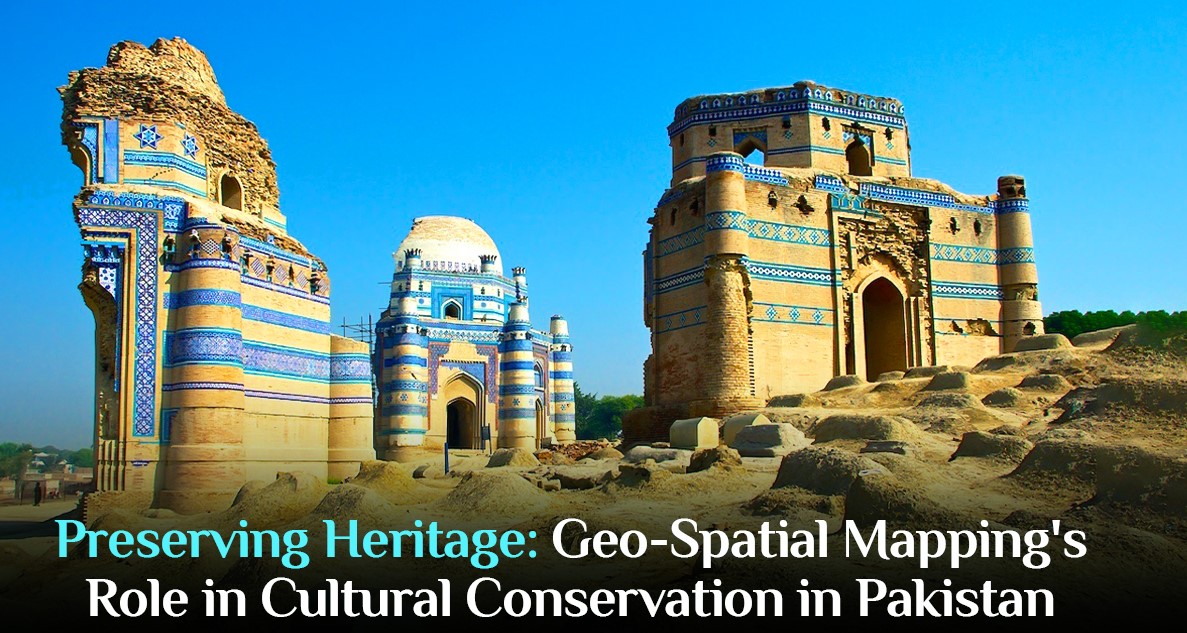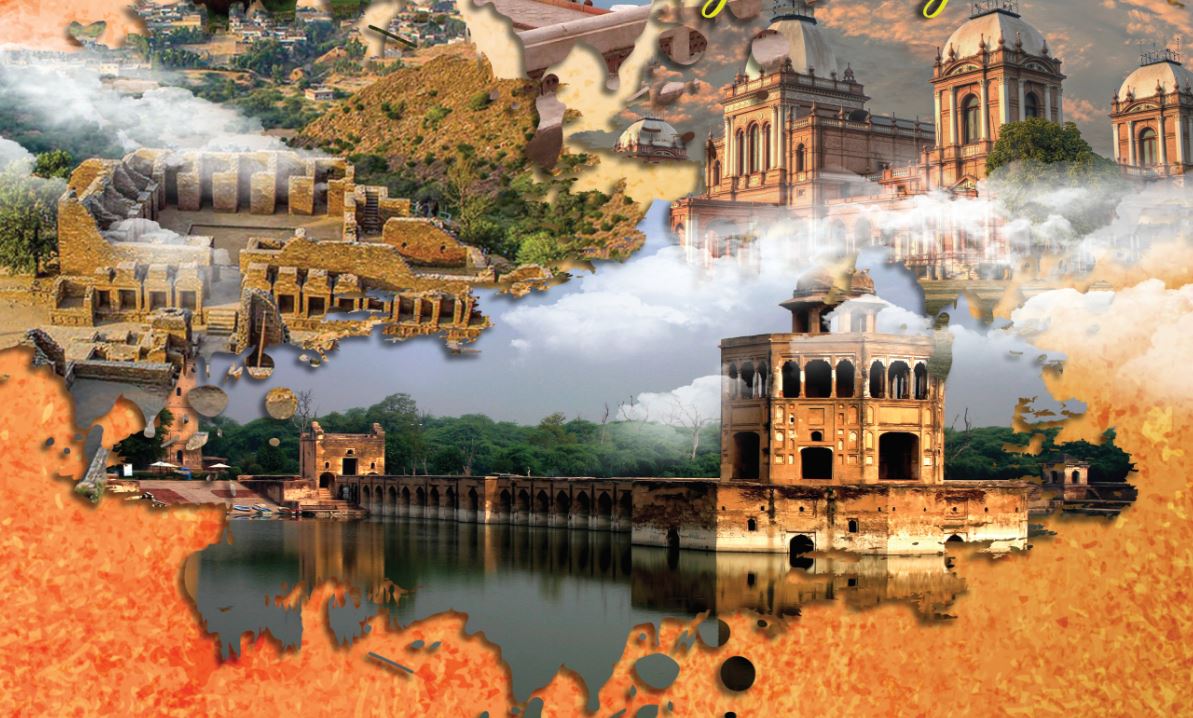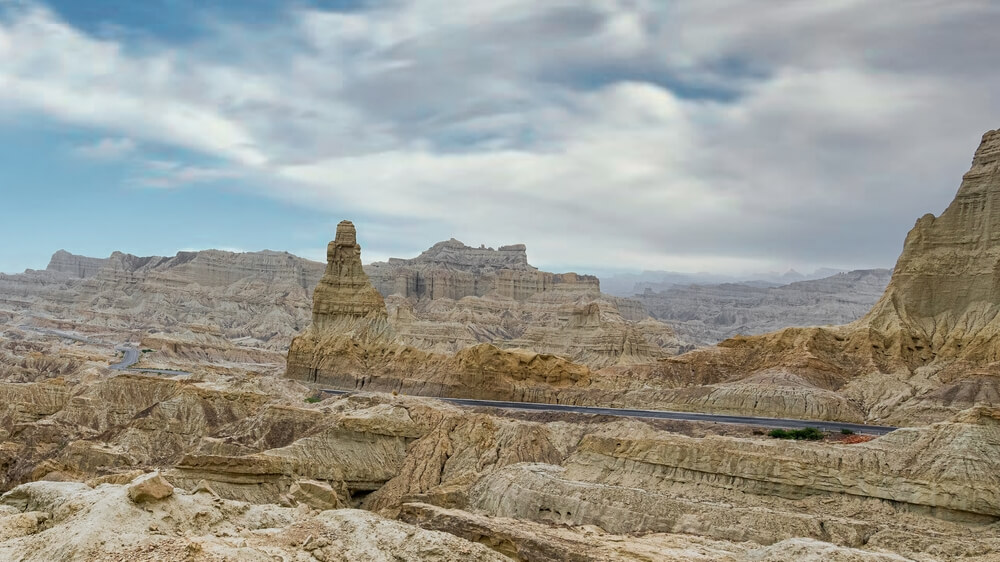In a world rapidly moving toward modernity, the preservation of cultural heritage often takes a back seat to development and industrial progress. Yet, there are individuals and organizations that dedicate their lives to ensuring the stories, art, and identity of a nation are not lost in the tides of time. One such individual is Dr. Kaleemullah Lashari, a distinguished scholar, historian, and cultural heritage expert who, along with the SEAS (Sindh Exploration and Adventure Society) Team, has played a pivotal role in safeguarding Pakistan’s rich historical and cultural legacy.
A Life Dedicated to Heritage
Dr. Kaleemullah Lashari is a name synonymous with cultural conservation in Pakistan. Born and raised in Sindh, his passion for history and archaeology began early and only deepened over time. After earning degrees in civil engineering and archaeology, Dr. Lashari embarked on a lifelong mission to document, preserve, and promote Pakistan’s vast cultural treasures, particularly those found in Sindh.
Over the years, Dr. Lashari has served in several key governmental and academic positions, including Director of Archaeology and Museums in Sindh, and Chairman of the Sindh Heritage Committee. His career spans decades of tireless work restoring ancient sites, cataloguing historical artifacts, and advocating for the legal protection of heritage assets.
But it’s his work with the SEAS Team that truly stands out in recent years.
The SEAS Team: A Collective for Conservation
The Sindh Exploration and Adventure Society (SEAS) is a non-profit organization devoted to the research, documentation, and conservation of historical and archaeological sites in Sindh and beyond. The team comprises historians, archaeologists, photographers, architects, and passionate volunteers who share a common mission: to save Pakistan’s endangered heritage.
Under Dr. Lashari’s leadership and guidance, SEAS has grown from a modest group of heritage enthusiasts to one of the most respected cultural preservation initiatives in the country. The synergy between Dr. Lashari’s expertise and SEAS’s grassroots approach has created a powerful force for heritage conservation in Pakistan.
Key Projects and Achievements
The combined efforts of Dr. Lashari and the SEAS Team have led to the documentation and restoration of several key historical sites, many of which had long been neglected or were at risk of complete destruction. Below are some of the most impactful projects they’ve undertaken:
1. Restoration of Makli Necropolis
One of their most ambitious projects has been the documentation and conservation of Makli Necropolis, one of the largest funerary sites in the world, located near Thatta in Sindh. Spanning over 10 square kilometers, Makli contains hundreds of elaborate tombs dating back as far as the 14th century.
Many of these tombs, intricately decorated with stone carvings and Islamic calligraphy, had fallen into disrepair due to environmental damage, vandalism, and neglect. Under Dr. Lashari’s leadership, SEAS conducted a meticulous survey of the site, recorded its architectural details, and implemented preservation strategies to restore damaged structures and prevent further degradation.
Their work brought renewed attention to Makli, which is now recognized globally as a UNESCO World Heritage Site.

-
2. Preservation of Chaukhandi Tombs
The Chaukhandi tombs, located east of Karachi, are another vital historical site the SEAS Team has worked tirelessly to protect. These ancient sandstone graves, adorned with intricate geometric designs and inscriptions, date back to the 15th and 18th centuries and are a rare example of early Islamic funerary architecture in South Asia.
Thanks to SEAS’s efforts, the tombs have been digitally documented, their carvings preserved, and public awareness raised about their significance. This has also encouraged local and international tourism to the site, promoting cultural appreciation and economic opportunity in the region.
3. Oral Histories and Local Engagement
In addition to architectural preservation, Dr. Lashari and the SEAS Team place strong emphasis on the collection of oral histories and local narratives. Understanding that heritage is not only physical but also intangible, they engage with elders, storytellers, and community leaders to record traditions, rituals, and folklore that are at risk of being forgotten.
This holistic approach bridges the gap between the past and the present, allowing younger generations to connect with their cultural roots while respecting the knowledge and memories of their ancestors.
Education and Awareness
One of the key goals of SEAS, championed by Dr. Lashari, is to foster heritage consciousness among the youth of Pakistan. Through workshops, school outreach programs, and heritage walks, SEAS introduces young minds to the richness of their history.
By demystifying archaeology and cultural preservation, they are nurturing a new generation of heritage advocates—students who might otherwise see these ancient ruins as irrelevant to modern life.
Dr. Lashari often speaks about the importance of “owning” heritage. In his words, “When people feel ownership of their history, they are more likely to protect and value it.”
Challenges Along the Way
The journey hasn’t been without obstacles. Funding shortages, lack of political will, environmental degradation, and encroachment by modern development remain constant threats to heritage sites in Pakistan. Despite these challenges, Dr. Lashari and SEAS remain undeterred.
Their work is often a delicate balance of diplomacy and activism—negotiating with authorities, educating communities, and fighting against cultural apathy.
Looking to the Future
As Pakistan continues to evolve, the need for heritage preservation becomes even more urgent. Urban sprawl, climate change, and globalization threaten to erase vital pieces of the past. But thanks to visionaries like Dr. Kaleemullah Lashari and dedicated groups like SEAS, there is hope.
Plans are underway for digital archives, community museums, and partnerships with international heritage organizations. These efforts aim to not only protect sites but to revitalize them as centers of learning, tourism, and pride for local communities.
Conclusion
The story of Dr. Kaleemullah Lashari and the SEAS Team is a powerful reminder that preserving the past is not about resisting change—it’s about anchoring identity in a rapidly shifting world. Their work breathes life into the stones and stories of ancient Pakistan, ensuring that future generations will not only remember their heritage but cherish and celebrate it.
In an era of fleeting trends and short-term goals, the legacy of Dr. Lashari stands as a monument to dedication, resilience, and cultural pride. His journey, and that of SEAS, is not just about preserving history—it’s about creating a future where history matters.




Your commitment towards protecting heritage sites reflects a deep sense of responsibility and love for our history and roots. Keep up the inspiring work